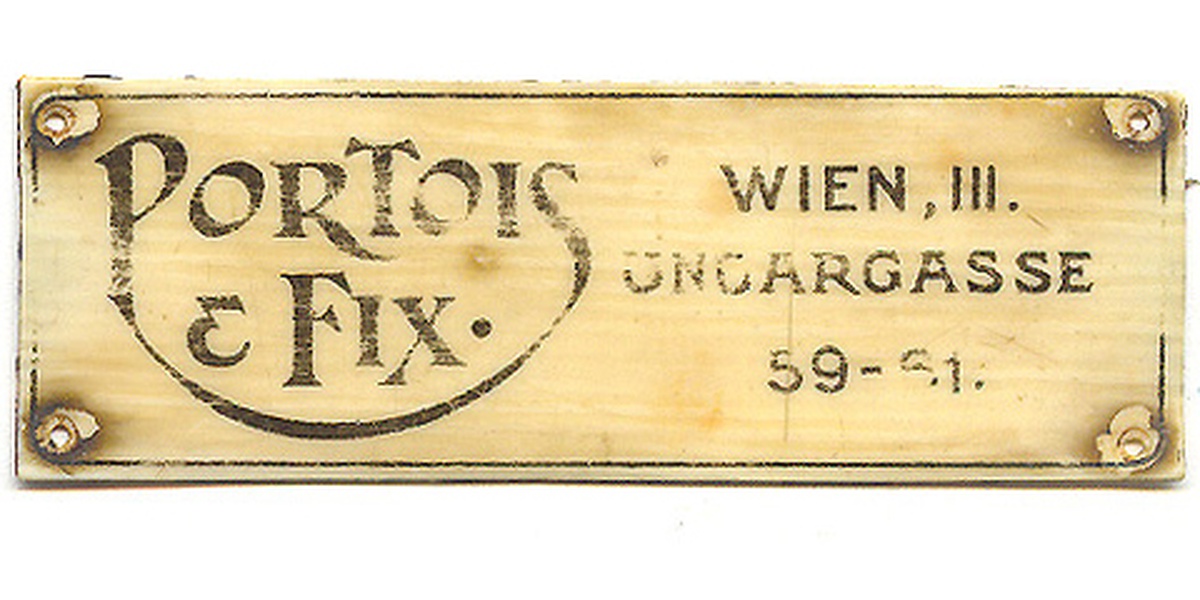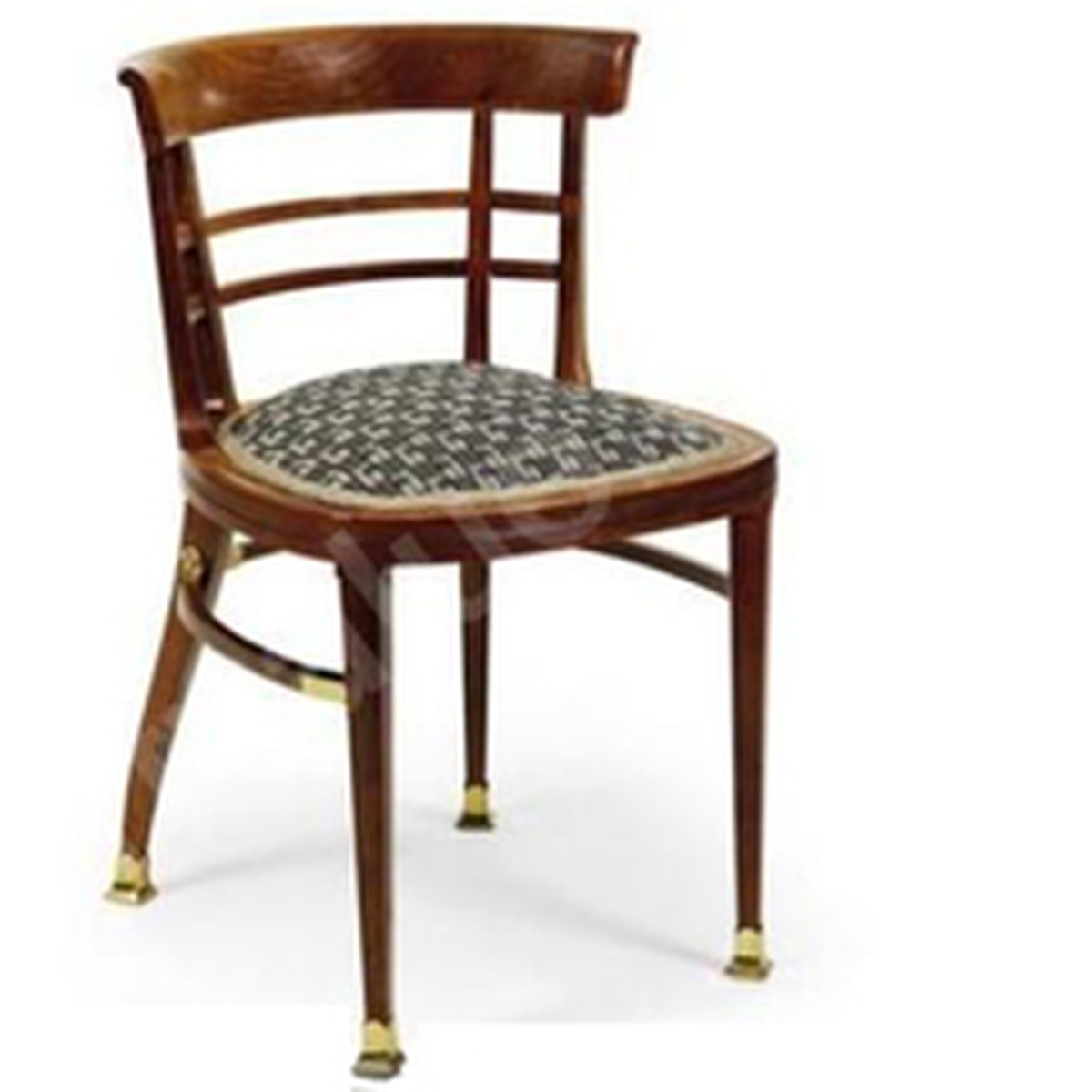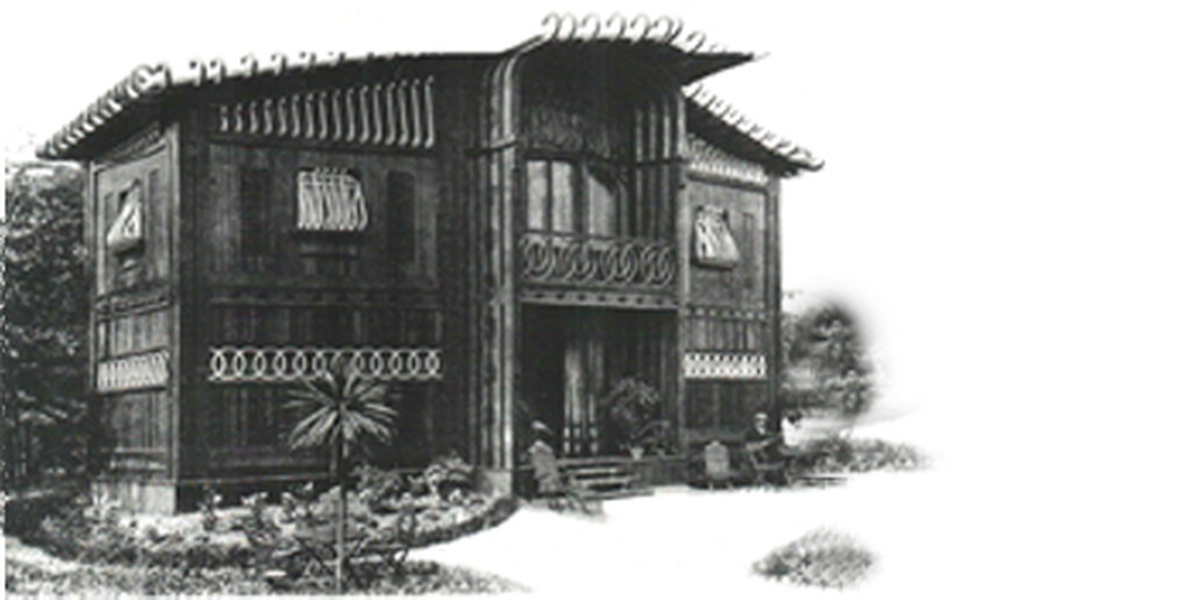Museo del Design del Friuli Venezia Giulia – Associazione di Promozione Sociale
P. IVA e CF 02863400301 – info@mudefri.it
THE GEOGRAPHICAL CONTEXT

Fabiani worked in Italy and had various connections with the city of Udine long before being active on the town planning of Gorizia and Udine after the First World War.
Always connected with his roots, his business relations brought him to travel and work both in Italy and in Austria. His family was well-off in Trieste: as of him, his designs for the firm Portoix & Fix, as well as his architectural projects, were few of the works presented by Austria at the Expo of 1911 in Rome. In addition to that, Fabiani knew both Raimondo D’Aronco and Pietro Zanini.

THE INTERVENTION CONTEXT
Firstly, Fabiani had been a successful architect in Vienna: he taught at university and designed furniture as well as buildings. His connections with Portois & Fix were both on a professional and a personal level. He designed the headquarters of the firm and, as a professional consultant, had Portois & Fix manufacturing the interiors he designed. The firm itself sold furniture to the most important Austrian ships in Trieste and Fabiani often designed them.
The relations between Fabiani and Portois & Fix were abruptly interrupted when he abandoned the daughter of the firm’s owner, his bride-to-be, the day before their wedding. His relation with Antonio Volpe started some time later.
The bent wooden chair n. 212 was designed by Fabiani and manufactured by Società Antonio Volpe. It is a remake of a chair he designed for Palazzo Artaria and manufactured by Portois & Fix with a totally different technology.

The prefabricated cottage built in Udine and then transported to Milan in 1906 for the Expo was based on a project by Fabiani.
However, the name of the designer couldn’t be used before the IWW: it sounded “austrian” ad it was referred to an architect and courtesan of the Empire. Even after the Assassination of the Archduke Franz Ferdinand of Austria, the name “Max Fabiani” continued to sound suspicious to Italians. Therefore, it was perfectly normal for journalists to not write the designer’s name when reporting on the prefabricated cottage, but only the name of the carpenter who assembled it.